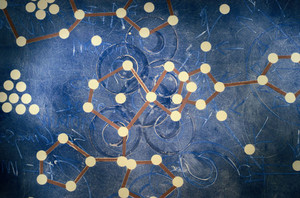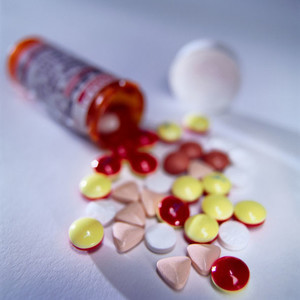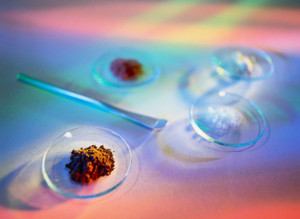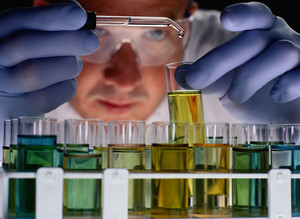The bio-equivalence criteria of the Dutch Medicines Evaluation Board (CBG-MEB) offer insufficient guarantee for a safe substitution of generic medicines in transplantation medicine, argue Internist-Nephrologist/Clinical Pharmacologist Teun van Gelder of the Erasmus MC and Professor of Surgery Robert Porte of the University of Groningen –both members of the board of the Nederlandse Transplantatie Vereniging (NTV) – in Pharmaceutisch Weekblad of 29 January 2010.
The authors point out that generic medicines are authorised by the CBG-MEB based on bio-equivalence studies and that no clinical studies are required to prove their efficacy and safety. However, they doubt whether generic substitution is sensible for medicines with a small therapeutic window.
They explain that in transplantation medicine, tacrolimus (Astellas’ Prograf, Advagraf and Protopic) and cyclosporin (Novartis’ Neoral) are used on a large scale to prevent rejection after e.g. kidney, heart, liver or lung transplantation, and that both medicines have a small therapeutic window. In daily practice, the dose of these medicines is adapted based on their “trough levels” (C0h), i.e., the drug blood concentration immediately before the next scheduled dose, which is crucial for obtaining a high efficacy and low toxicity.
Already in December 2004, Dr van Gelder and Dr Reinier Van Hest of the Erasmus MC published a paper in Pharmaceutisch Weekblad, in which they explained why cyclosporin formulations are not substitutable just like that. In this article they warned that with uncontrolled substitution an individual patient could get a different cyclosporin exposure, with a possibly lower efficacy or higher toxicity. They advised to avoid uncontrolled substitution. If it is decided to substitute anyway, they stressed this should only take place in consult with the practicing transplantation physician, patient and pharmacist, and under regular therapeutic drug monitoring. According to them, no substitution should take place in children and transplantation patients with a high risk of rejection (especially during the first month after transplantation), since no bio-equivalence research has been done for these populations. Furthermore, they noted substitution can be confusing for the patient, which could lead to mistakes in medicine intake or even therapy non-compliance.
In their recent paper in Pharmaceutisch Weekblad, Dr van Gelder and Professor Porte stress that the EMA has recently defined more stringent criteria for bio-equivalence (90–111%) for medicines with a small therapeutic window. They state that in 2009 generic preparations of cyclosporin have been authorised in The Netherlands, but not according to the new stringent EMA criteria. They also stress that for new generic cyclosporin products, the CBG-MEB should test its bio-equivalence not only with the brand-name cyclosporin product, but also with earlier authorised generic cyclosporin products because these generics will also be substituted with each other, probably even without consultation with the prescriber.
The paper concludes that in the Handleiding Geneesmiddelensubstitutie (a Dutch list with medicines that had better not be substituted) cyclosporin and tacrolimus are explicitly mentioned. The authors also foresee substitution problems with generic mycophenolate mofetil preparations, which will enter the market after the patent of the brand-name product (Roche’s CellCept) expires in 2010.
References:
Teun van Gelder and Robert Porte. Substitutie soms ongewenst - Bio-equivalentiecriteria onvoldoende waarborg. Pharm. Weekbl. (2010) 145:15. 2010 January 29.
Van Hest RM, van Gelder T. Formuleringen ciclosporine niet zonder meer uitwisselbaar. Pharm Weekbl 2004; 139(49):1643-7; Handleiding geneesmiddelsubstitutie. KNMP. March 2009.
EMA CHMP. Draft guideline on the investigation of bioequivalence. 2008 July 24.
Eduard Scholten. Towards individualized controlled drug exposure in renal transplantation. 2007 March 8.








 0
0











Post your comment